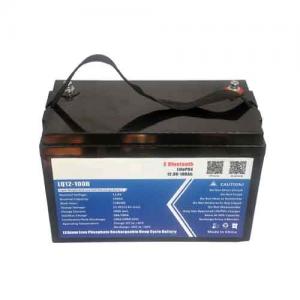Maintenance on LiPo Batteries of the Drone
The combination of the drone and the LiPo battery provides longer flight times while significantly reducing the weight and flexibility of the drone. The LiPo's battery characteristics and its chemical composition allow for greater capacity and higher discharge rates. This means that a LiPo battery pack in good condition, when properly maintained, can provide more "charm" to your drone and make it having longer flying time. So that's why our batteries need maintenance.Structure of the Lithium Polymer Battery for Drone
Cathode: The active material is generally lithium cobaltate, lithium nickel cobalt manganate material.
Anode: The active material is graphite, or carbon with a near graphite structure.
Cathode tap:Use of aluminum (Al) material, made of a two-part composite of CPP adhesive and metal tape.
Anode tap:Use of nickel (Ni) material, or nickel-plated copper (Ni-Cu) material (good electrical conductivity), laminated from two parts, CPP adhesive and metal tape.
Electrolyte: a carbonate-based solvent with lithium hexafluorophosphate dissolved in it, or a gel electrolyte for polymers.
Separator: a specially molded polymer film, the film has a microporous structure that allows lithium ions to pass freely, while electrons cannot pass through, and the general thickness of the material is 12-20um.

First, the battery body, handle, wire and power plug should be checked regularly to check if the appearance is damaged, deformed, corroded, discolored or broken, and if the plug is too loose from the aircraft.
After the flight, the battery temperature is high, you need to wait until the flight battery temperature drops to below 40℃ before charging it (the best temperature range for charging the flight battery is 5℃ to 40℃). After the operation, it is recommended to charge the battery slowly.
Then, when it comes to summer, it is better not to charge the battery immediately after discharging from outdoor high temperature or retrieving it under high temperature, and wait for the surface temperature of the battery to drop before charging it, which can greatly improve the life cycle of the battery. Summer temperature is relatively high, so the battery is best not exposed to the sun.
Last, in winter, after discharge the battery to take effective insulation measures (such as the use of insulation box preservation) to ensure that the battery temperature is maintained at 5 ℃ or more, low temperature environment battery life will be significantly shortened. When a low battery alarm sounds, you need to immediately return to landing.





